FOR a long time emissions from cattle have been lumped in with emissions from other sources as the same destructive forces for the planet in the global climate change narrative.
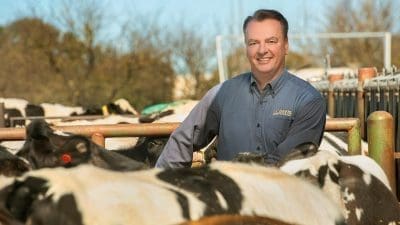 However, through research overseen by scientists including Dr Frank Mitloehner (right) from the University of California Davis and Dr Myles Allen from Oxford University, scientific consensus is starting to build around the point that livestock-related greenhouse gases are distinctively different from greenhouse gases associated with other sectors of society (more on this below).
However, through research overseen by scientists including Dr Frank Mitloehner (right) from the University of California Davis and Dr Myles Allen from Oxford University, scientific consensus is starting to build around the point that livestock-related greenhouse gases are distinctively different from greenhouse gases associated with other sectors of society (more on this below).
Dr Mitloehner, an internationally recognised air quality expert, explained to the Alltech One virtual conference on Friday night (Australian time) that the concept of accounting for methane according to its Global Warming Potential, as opposed to just its volume of CO2 equivalent, which showed that not all greenhouse gases are created equal, has now made it all the way to the International Panel on Climate Change.
However, despite increasing awareness and understanding at a scientific level, the message has still not been taken up by the mainstream media.
“What I find interesting is that the one missing entity in this whole discussion so far has been the media,” he told Alltech president and CEO Dr Mark Lyons in a live streamed video interview.
“I have not seen any major reporting on this even though it’s such a hot topic.
“I mean, the world talks about what the impact of our food systems are on our environmental footprint.
“Now, this is a major new narrative. And to me, it’s very unusual and it’s very confusing as to why the same outlets that have touted this topic as being so paramount are not talking about these new findings whatsoever.
“So to me that’s problematic. And we have to think about why that is. Have we not explained it right? Is it too early for them to report about it? I don’t know, but this narrative is not going away.
“You will see it will gain momentum, and it will become the new reality.”
Why all greenhouse gases are not created equal
Dr Mitloehner said to date the global climate change debate has tended to focus only on how much greenhouse gases are emitted by different sources.
Most discussion fails to recognise that certain sectors of society, such as forestry and agriculture, also serve as a sink for greenhouse gases.
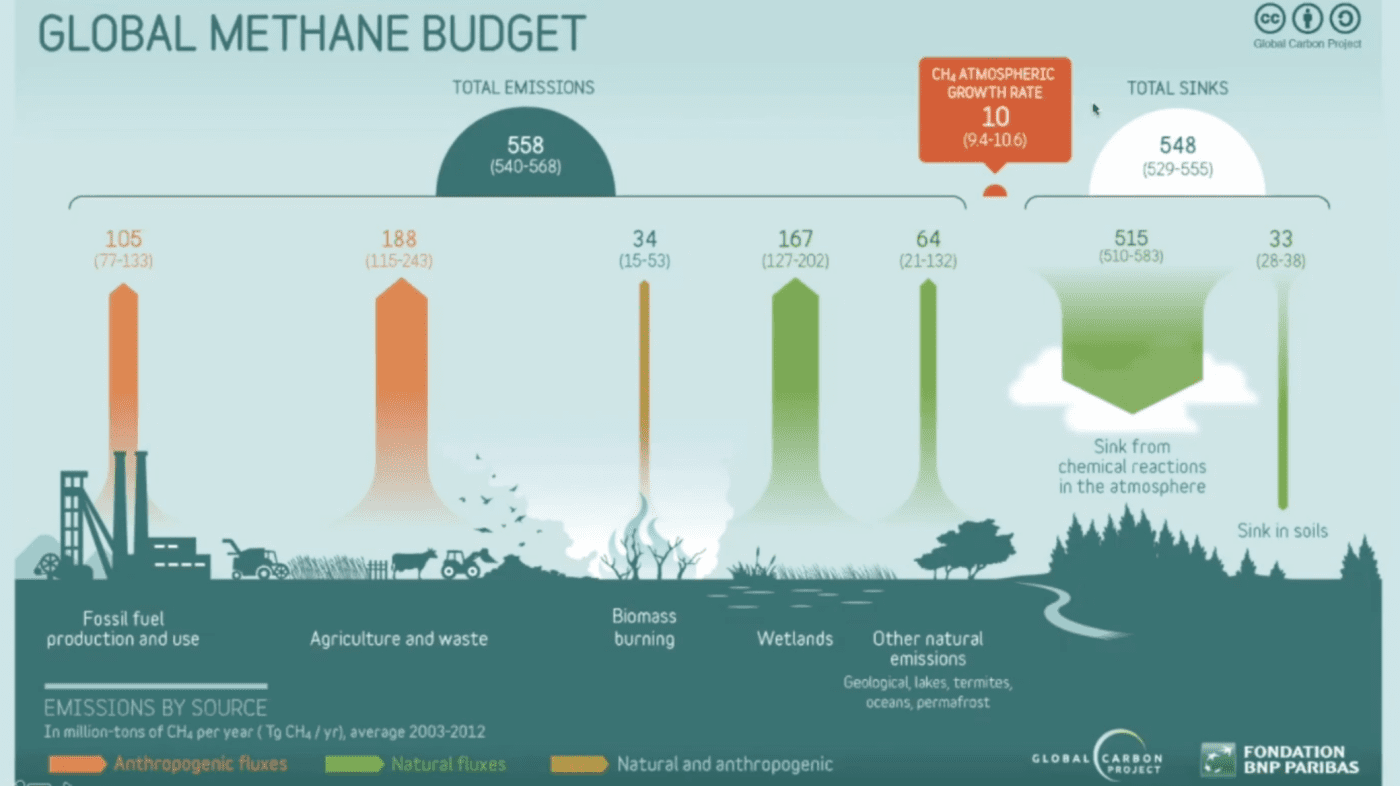
Climate debate focuses on the 560 tera-grams of methane emitted each year but tends to ignore the 550 tera-grams sequested by sinks like agriculture and forestry (right).
After the Kyoto protocol, the climate change debate centred on the 560 tera-grams of methane emitted into the atmosphere each year from all sources, including fossil fuel production and use, agriculture and waste, biomass burning, wetlands and other natural emissions.
“That is where most people stop the discussion, even though they shouldn’t,” he explained.
“Because in addition to emissions putting methane into the atmosphere, we also have sinks on the right side of this graph (above).
“And these sinks amount to a very respectable total number of 550 teragrams.
“So in other words, we have 560 teragrams of methane emitted, meaning put into the atmosphere, but then we have 550 teragrams of methane taken out of the atmosphere.
So in other words, the net emissions per year that we are dealing with is not 560, but it’s actually 10.
“Yet everybody talks about 560.”
In a biogenic carbon cycle, constant livestock herds or decreasing livestock herds over time did not add additional carbon to the atmosphere, he explained.
The carbon emitted by animals is recycled carbon. It came from atmospheric CO2, captured by plants, eaten by animals and then belched back out into the atmosphere, after a while becoming CO2 again.
Methane is a heat-trapping, potent greenhouse gas, and he stressed he was not suggesting that “it didn’t matter”.
But the key question for livestock is do ruminant herds add to additional methane, meaning additional carbon in the atmosphere which leads to additional warming?
The answer he said was clearly “no”.
Oxford University authors including Professor Myles Allen have shown that biogenic methane is not the same as fossil methane.
It is the same chemically, but the origin and fate “are totally, drastically different”.
“As long as we have constant herds or even decreasing herds, we are not adding additional methane, and hence not additional warming.
“This is a total change in the narrative around livestock. And I think this will be the narrative in the years to come.”
A chart documenting the size of the US cattle herd since 1867 shows it has decreased to around 90 million beef cattle and 9 million dairy cattle, down from peaks of 140 million beef cattle in the 1950s and 25 million dairy cattle in the 1970s.
The Australian cattle herd has similarly decreased from a peak of over 33 million cattle in 1976 to around 24 million today.
“We’re clearly see a decreasing number of livestock over the last few decades meaning with respect to livestock numbers, we have not cost an increasing amount of carbon in the atmosphere, but indeed we have decreased the amount of carbon we put into the atmosphere,” he said.
By contrast emissions from fossil fuel extractions were not part of a cycle, but “a one-way street”, because the amount of CO2 sent into the atmosphere in this process by far overpowered the potential sinks that could take up CO2, such as oceans, soils or plants.
“So here we have a one-way street. And this, ladies and gentlemen, is the main culprit of greenhouse gases in our atmosphere and the resulting warming.
“I have yet to see a climate scientist who would say that it’s the cows that are a primary culprit of warming. Most of them will agree that the primary culprit is the use of fossil fuels.”
“However, people critical of animal agriculture always point at cows, and cattle, and other livestock species. And they feel that this is a very powerful tool to ostracize animal agriculture as we know it.”
Not only were cattle not the primary culprit of global warming, they were also potentially part of the solution, as an explanation of stock gases versus flow gases demonstrated.
Long-lived climate pollutants such as Co2 were referred to as ‘stock’ gases because they last in the atmosphere for 1000 years. “Every time you put it into the atmosphere, you add to the existing stock of that gas,” he explained.
Methane (CH4) was a ‘flow’. Provided it was coming from a constant source, what was being put into the atmosphere was also being taken out.
“The only time that you really add new additional methane to the atmosphere with the livestock herd is throughout the first 10 years of its existence or if you increase your herd sizes.
“Only then do you actually add new additional methane and thus new additional warming.
“So please remember there are big differences between long-lived stock gases such as CO2 or nitrous oxide versus short-lived flow gases such as methane.”
He invited the audience to imagine a scenario where methane emissions from cattle were decreased by 35 percent.
If this could be achieved, it would have the effect of taking carbon out of the atmosphere and create a net cooling effect.
“If we find ways to reduce methane, then we counteract other sectors of societies that do contribute – and significantly so – to global warming, such as flying, driving, running air conditioners, and so on.
“So if we were to reduce methane, we could induce global cooling. And I think that our livestock sector has the potential to do it. And we are already seeing examples where that happens.”
He offered several examples of how the agricultural sector has already had success in reducing methane.
A few years ago the California legislature wrote a law called SB 1383 mandating a 40 percent reduction of methane to be achieved by the year 2030.
California’s farms and ranches have reduced greenhouse gases by 25pc since the laws were enacted.
This was achieved by using “a carrot rather than cane approach”, by rewarding farmers and ranchers who wanted to reduce emissions by giving them financial incentives to invest in anaerobic digesters or alternative manure management practices.
“I know if we can do it here, it can be done in other parts of the country and in other parts of the world.
“And if we indeed achieve such reductions of greenhouse gas, particularly of short-lived greenhouse gases such as methane, then that means that our livestock sector will be on a path for climate neutrality– on a path to climate neutrality. And that, to me, is a lifetime objective.”
Agriculture needs to work harder to tell its story
Dr Mitloehner said it was important the industry work harder to ensure the public understands the science around cattle production and greenhouse gas emissions.
“I feel that it is actually critical to get what we find in our research environment translated and communicated with the public sector.
“Because only if what we find makes its way to the light of the day, only then it matters”
It was also important that the public discussion used accurate and not misleading numbers around livestock emissions.
It is often stated that livestock emissions represent 14 percent to even as high as 50 percent of total emissions, but Dr Mitloehner said this did not reflect actual livestock emissions in developed countries such as the US were the number was closer to just 3 percent of all US emissions.

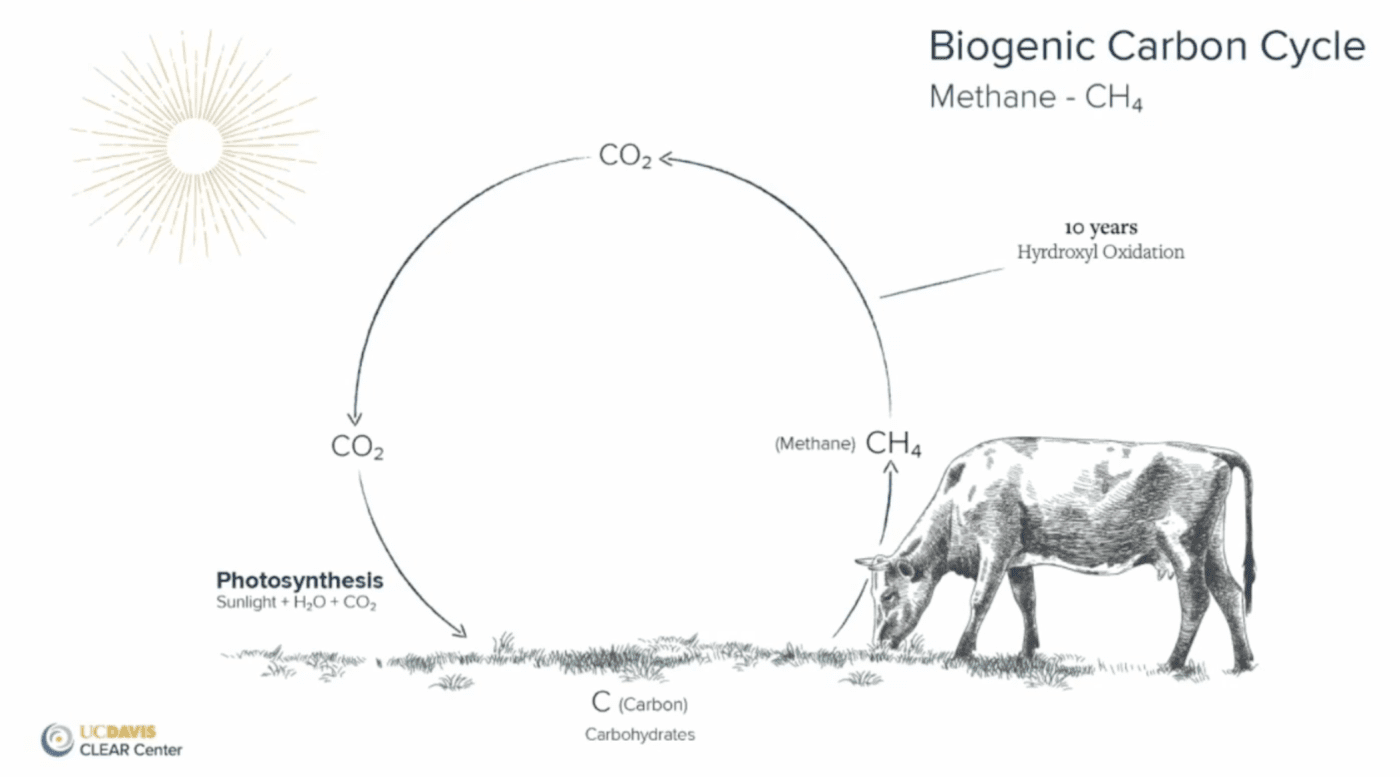
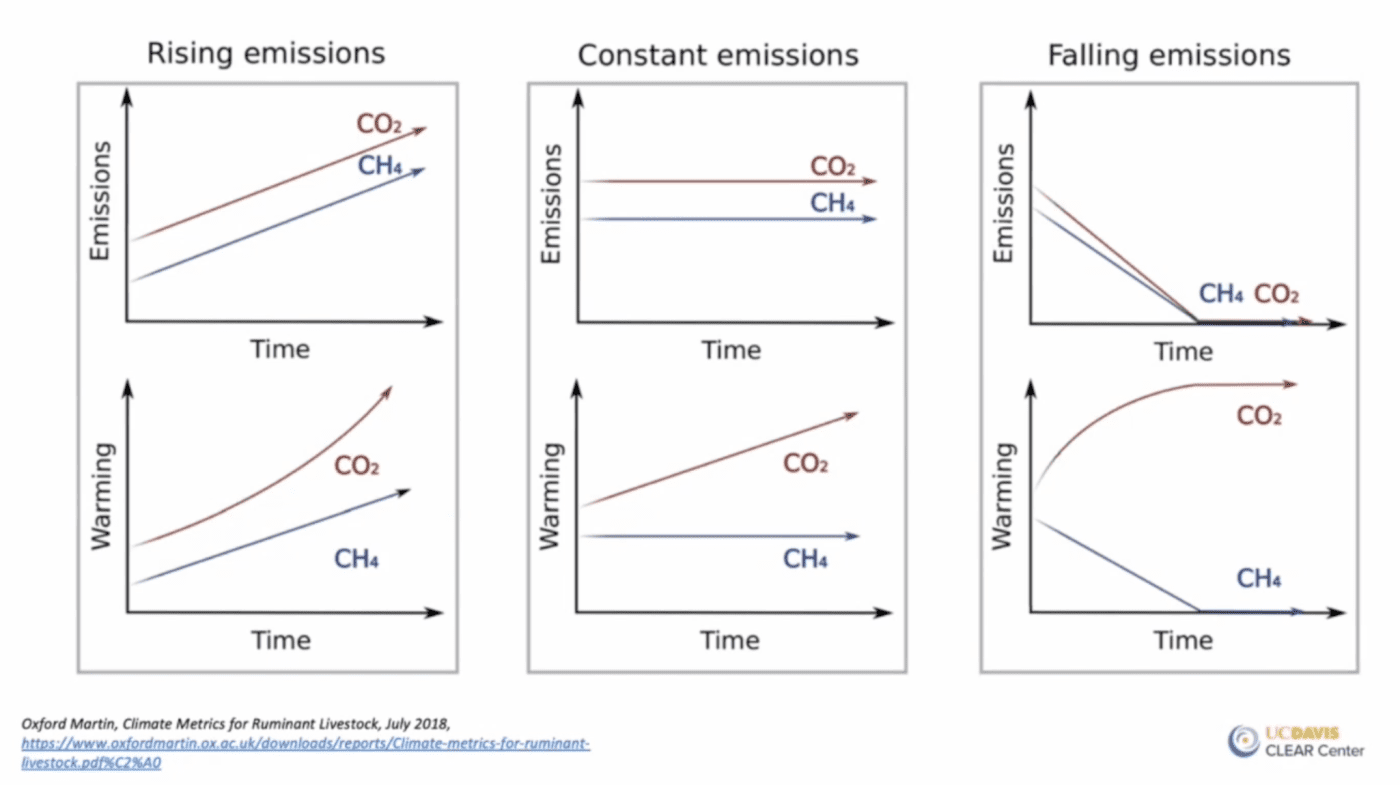
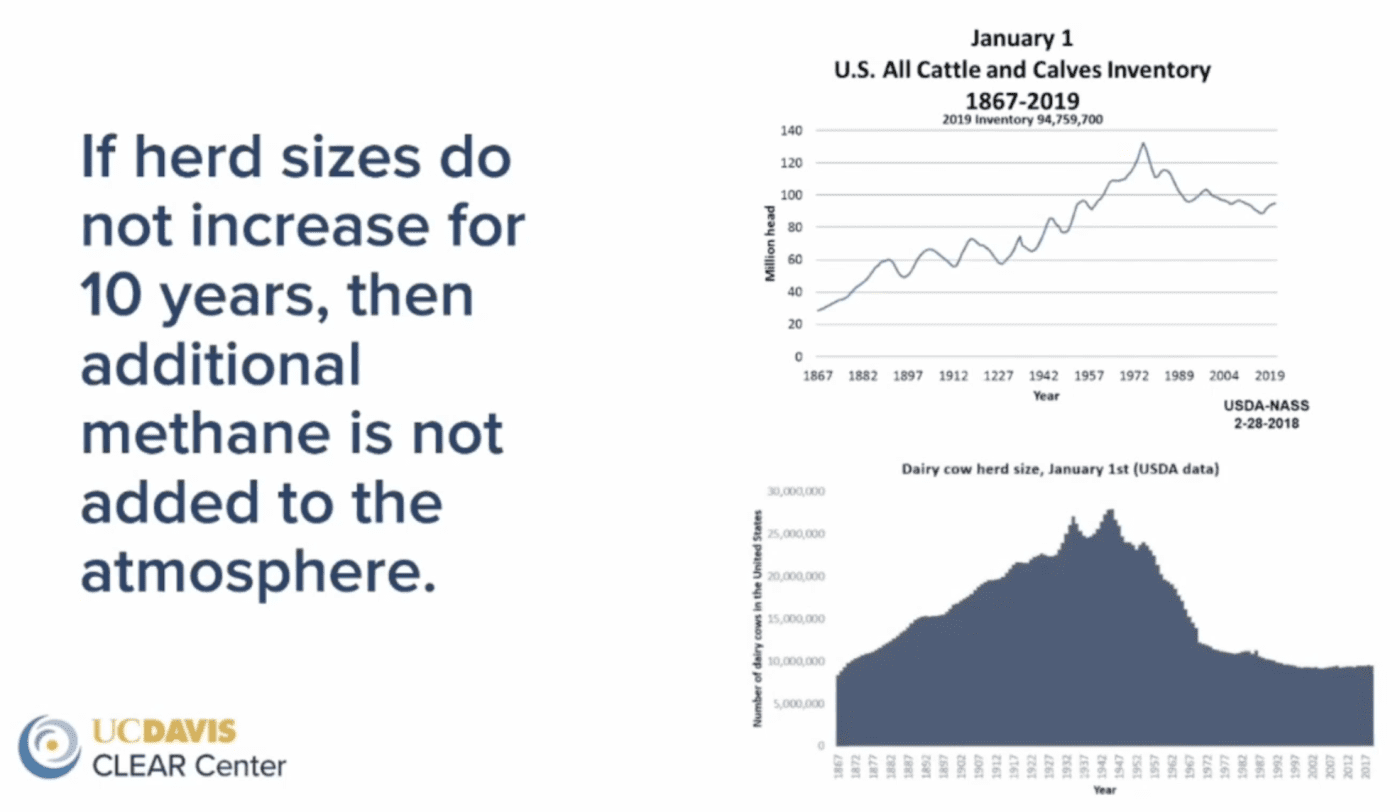
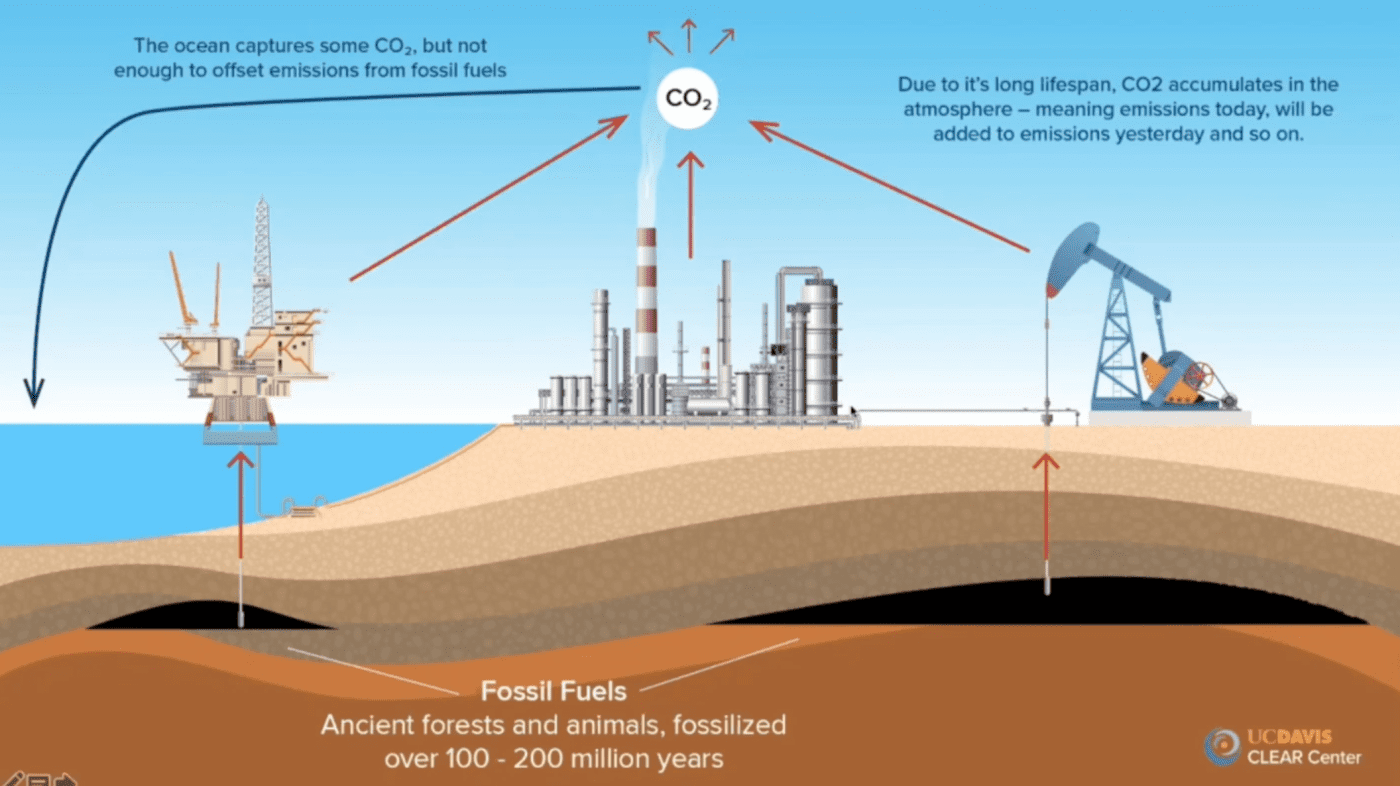
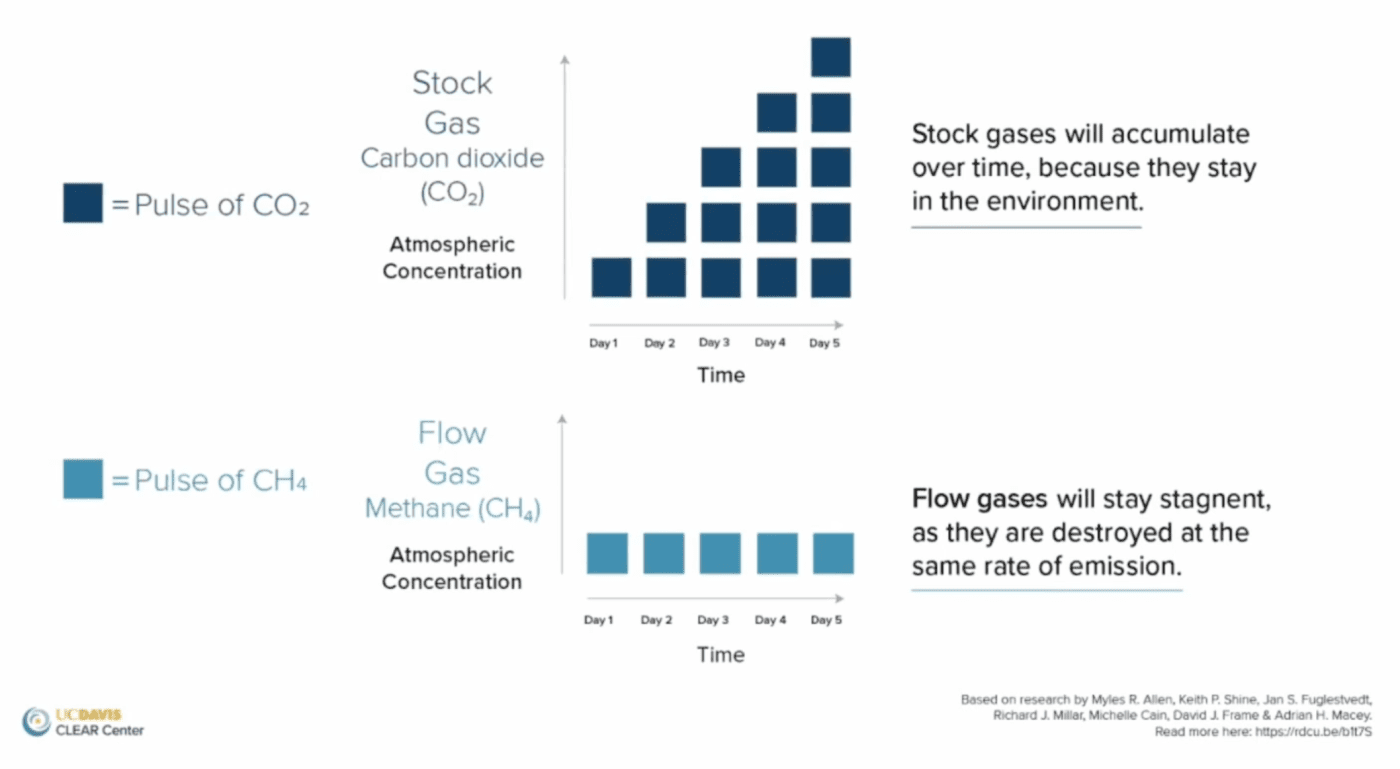
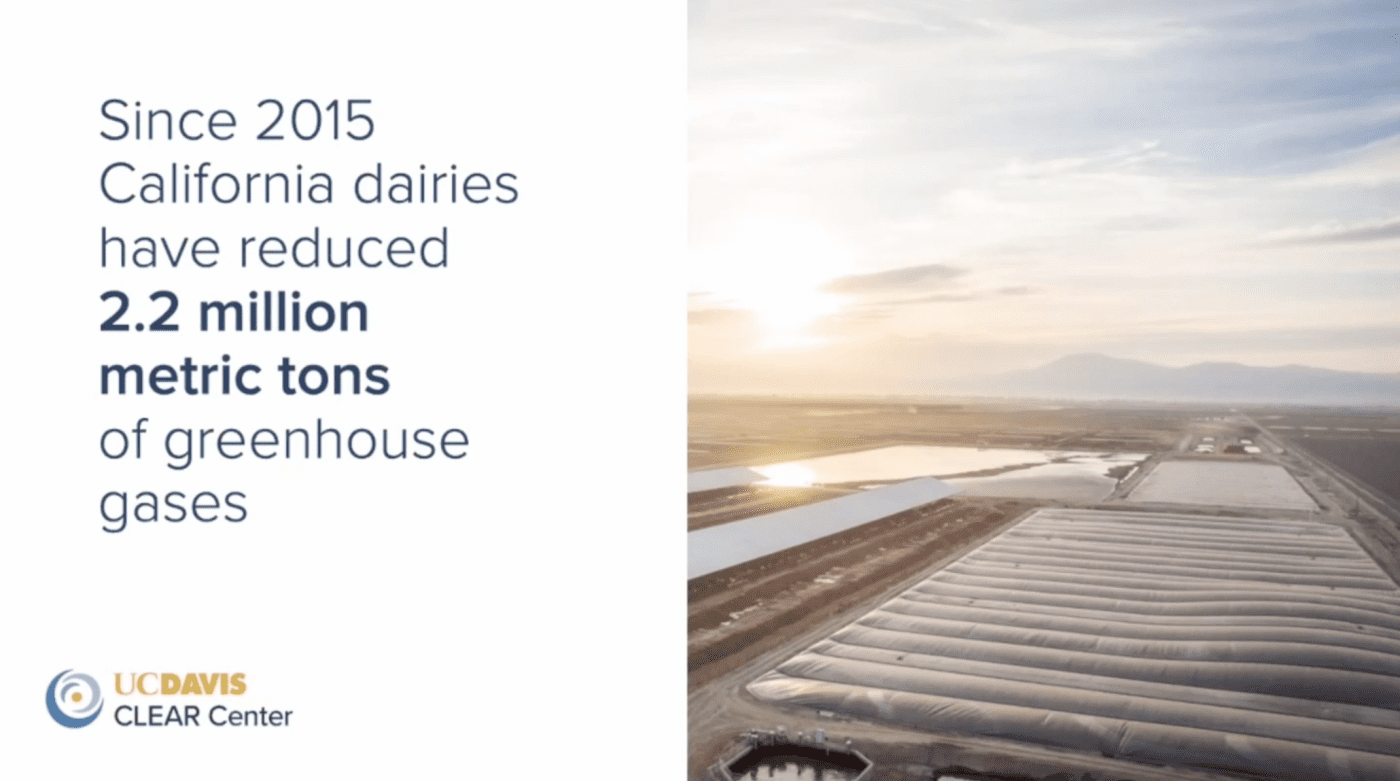
this is obviously clear that farming is not the main culprit, and transport and planes are.
I am looking for ways to contribute to mitigating climate change in my everyday life. Decreasing my consumption of meat, especially beef, is an effective way to do so. I do not have to choose a single method – for example, I eat less meat AND ride to work. Moreover, eating less meat in exchange for more vegetables is healthier.
Additionally, beef farming practices that maximise efficiency of land use tend to be detrimental to animal welfare and the effectiveness of antibiotics. I would much rather incentivise food industries that are intrinsically less detrimental to the climate and that do not come with these other drawbacks.
This needs to be broadcast to a wider audience and I wonder what the increase in cars planes and other fuel driven machinery has been since 1976
Sounds like Beef Central is blinding us with false scientific facts.
Why don’t we just eat plants we enjoy and cut out the middle man(or cow) and save all that energy that causes methane gases to excess and getting the rain forests cut down.
What does the term ‘herd’ mean? It’s not cattle grazing in the pasture any more. Herds of animals are in factory farms, too close together for comfort and inhaling each other’s waste products.
PLEASE actually DETAIL the falsity here. I guess the idiocy of the oxymoron ‘false scientific facts’ escapes you.
Again – dribble from the Green left. There is plenty of fact to contradict what you are saying . However you just try to obfuscate as soon as you are faced with inconvenient facts. If you have something worthwhile to say on the SUBJECT, i.e. the role of methane produced by ruminant animals in the CO2 cycle, please contribute. If you have no knowledge of the mehtane cycle or can find no fault with the FACTS here then, in the interests of TRUTH, you COULD point out these FACTS to your Green Extinction rebellion friends instead of mindlessly trying to destroy Aus farm families.
The information on the length of time Methane persists in the atmosphere is somewhat out of date. From memory this number started off at 12 years…then 10 years…then 7 years…then 5 years….There is now a suggestion that the true figure is 3 years.
This says two things
The effects of Methane on C in the atmosphere are waaaaaaay less than has been put into their models (Models??? Bwhahahaaaaa!)
What is also being ignored is base levels of Methane that are delivered to the atmosphere from rotting vegetation even if no cattle are present. Again this is a major fault in the so-called ‘scientific models”
Aside from the obvious catastrophic failure of so-called ”scientists” to even recognise the Methane Cycle from CO2 to Mehtane to CO2, because the Methane Cycle is quite short, then the increase or decrease in cattle numbers has an inordinately less effect on Methane and CO2 levels than would be assumed.
The small point that Australia has something less than 2% of world cattle numbers is conveniently ignored.
I’d like to think the Extinction Rebellion crowd would put on an aggressive demonstration in Calcutta and tell all the Hindus they have to slaughter 50% of their 190 million herd.
Please stick to the topic. Your technique here is pretty typical of the ‘Green’ modus operandi. If the facts become a bit inconvenient just either ignore the facts or change them and go off at some invented tangtent.
Forget methane. Modern cattle didn’t evolve in natural landscapes, unlike indigenous herbivores; they have been artificially selected for human purposes. They destroy native plants and consume huge amounts of water. Cattle are the most destructive, desert-creating ungulates in existence.
So, you’re a medical doctor in Melbourne. This makes you an expert on native vegetation worldwide, ruminant nutrition, physiology, and microbiology?
Cattle didn’t come out of a laboratory. They are natural animals. Evolved over time just as every living creature and plant has. Evolution is a cosmic law and will go on forever. As living things change, so will climate, stars, universes etc. evolution cannot be stopped. Humans can make changes to nature but nature will always have the last say.
When “science” finally will accept that there is no dangerous warming to be expected, whatsoever, from anthropogenic GHG-emissions? The irrefutable fact of pronounced preindustrial warm periods is incompatible with the IPCC claims on what is controlling climate change: The IPCC reduces solar influence to a tiny effect and tremendously blows up the supposed influence on the climate of human GHG emissions. So as this philosophy can not even explain (by no means!) the climate of the past, why should we believe that it describes current climate processes? Nature, not human activity controls the climate! No need at all to be concerned about the myth of cattle promoting dangerous global warming!
I’m surprised it has actually taken this long and who knows how many $$ to work it out… you don’t need to be a rocket scientist to understand that cattle eat vegetative material, which is mainly composed of carbon which comes from CO2 during photosynthesis. Any C produced by cattle originally came from the atmosphere, it’s basically a closed cycle meaning there is no net addition of C to the atmosphere. The whole narrative that cattle contribute to rising levels of C is a scam and is based on ulterior motives to completely eliminate animal agriculture.
Absolutely correct Jacob! And even more: There is plenty of evidence that the rise of CO2 by 0.01 percent points since the beginning of industrialization has been totally beneficial for nature and humanity. And if you look to global distribution of methane, a livestock fingerprint is not even detectable. All climate activism is a hoax!
A good read, thankyou:)
In short, nature has a way of keeping things in balance. Human interference in that balance always ends badly. Keep up the good work.
Exactly human interference without matching the balance of the farmer, animal, environment and customer. .This unbalance forces the main object to be profit which no one is against if all the above are for in balance
The Rio conference set many of the rules for Green House Gas accounting which were endorsed at Kyoto.
In the rush to enable carbon trading the Bankers and Activists setup the rules to achieve two outcomes.
The 70 year rule and the Gross/Net rule dichotomy gave the tree huggers the tree preservation and the low risk trading scheme for coupon clipping by financial institutions.
Research funding was reserved for the same outcomes and all research had to be stated in terms of the accounting systems not the science.
This was discussed by a brave few generally at technical events, but at policy setting meetings no organisation took the risk of being branded a denier.
Why you have heard little about these issues:
The scientific arguments are complex – strike one
Those who sought super profits put up the money for the lobbyists and activists. Two
We all concentrated on issues which had less push back. Some colleagues who spoke up lost their funding /jobs.
Well put Peter
Too many people paid too much to produce articles on too many topics they have too little knowledge of.
Such a great article, but so frustrating that this information has been ignored by the worlds media and anti animal ag groups.
Perhaps it’s not actually the fault of the “media”. How many beef and dairy producers have been privy to this information? Could it be that”we” or our representative organisations who employ internal or external media and public relations consultants (usually at significant cost to levy payers) are ignorant of these facts or are too damned lazy to ensure such science is published?
Bingo!!!
The NFF issues a deafening silence. I can’t figure out why farmers support it.